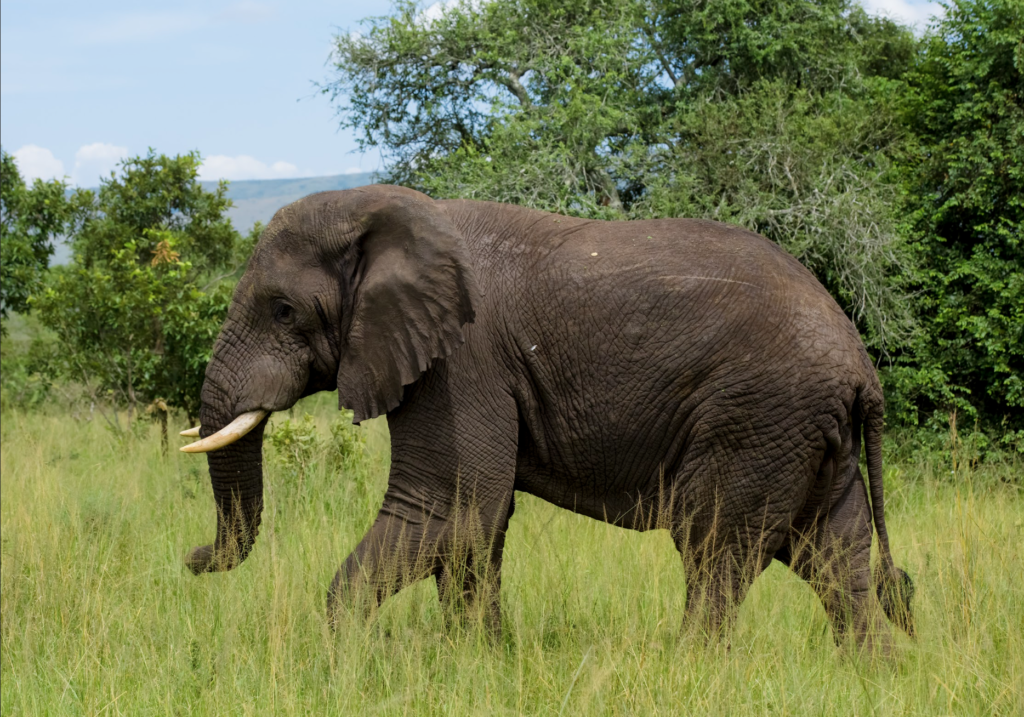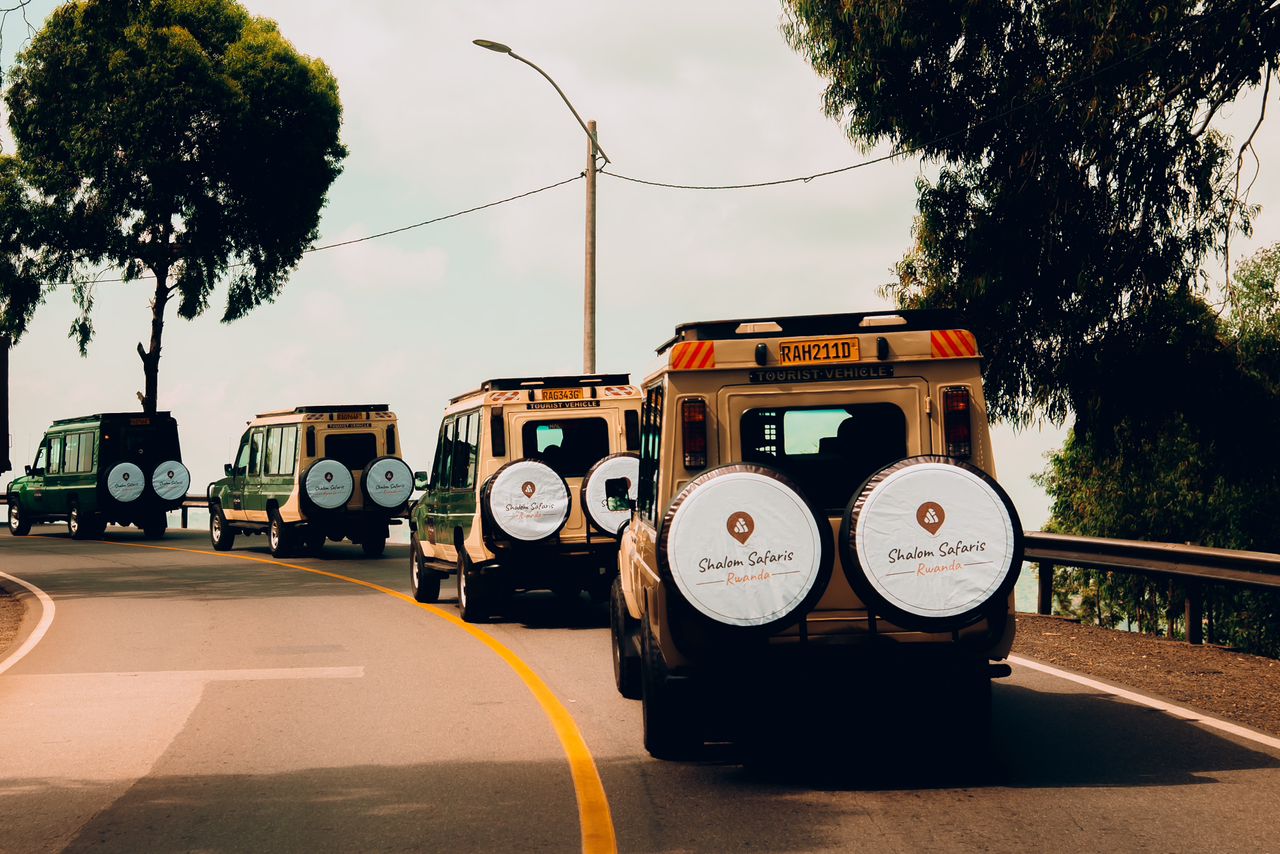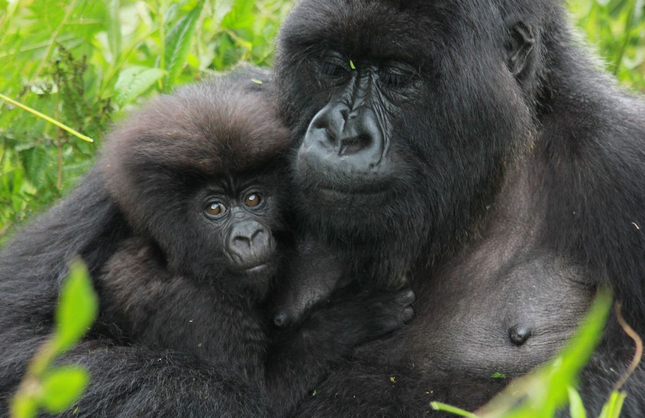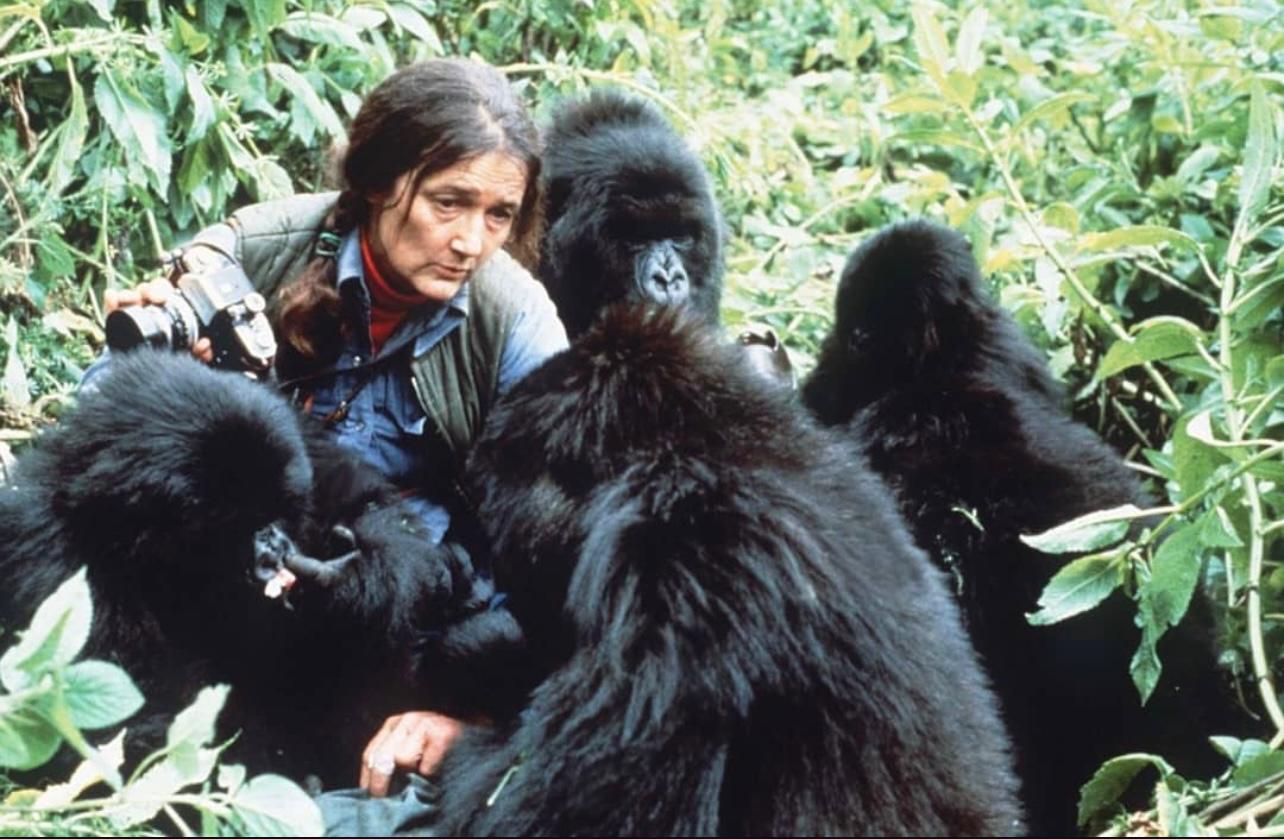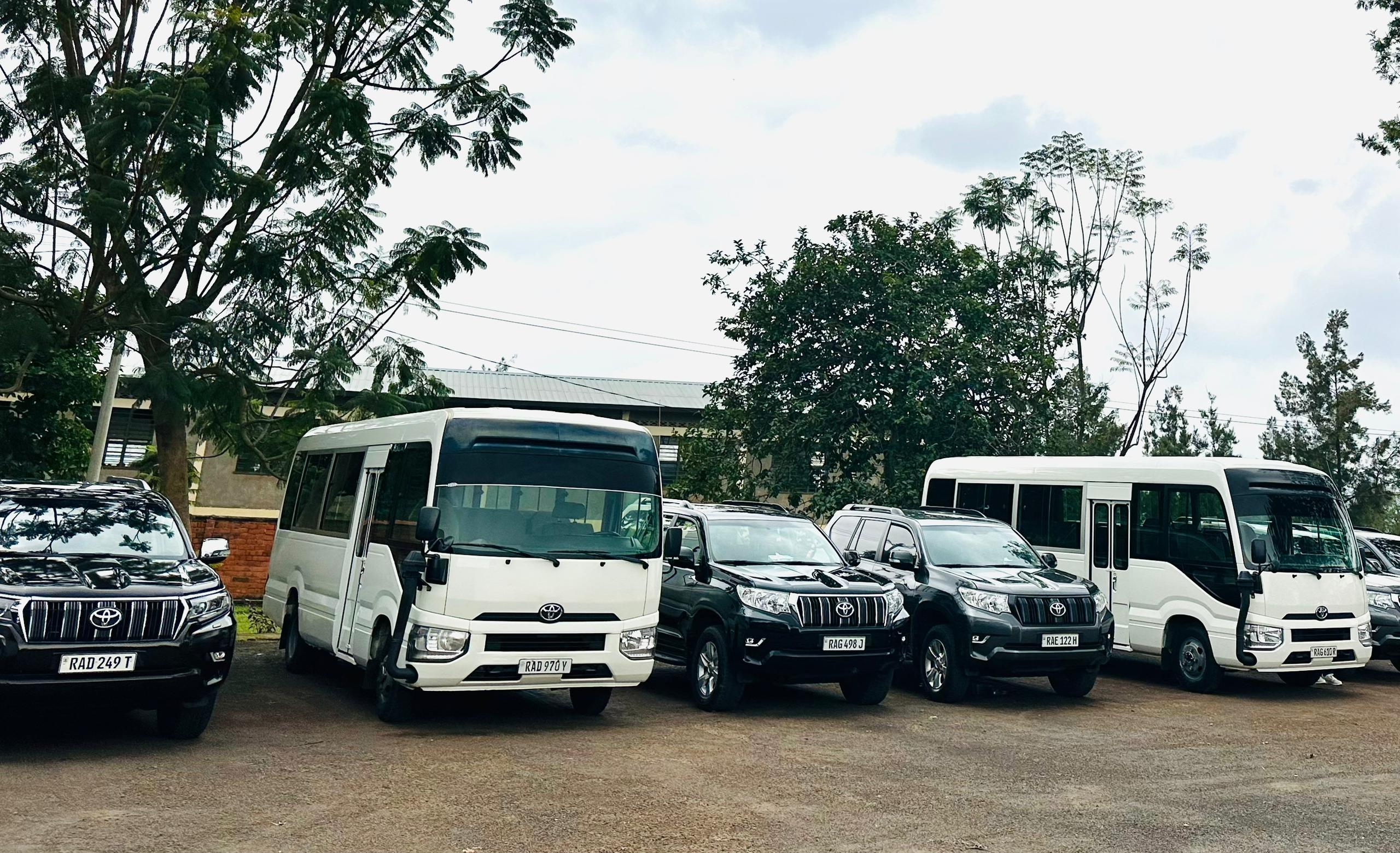Welcome to Amboseli National Park
The Park covers 392 square km, and forms part of the much larger 3,000 square km Amboseli ecosystem.
Amboseli National park lies immediately north-west of Mount Kilimanjaro, on the border with Tanzania. The Park covers 392 square km, and forms part of the much larger 3,000 square km Amboseli ecosystem.
Large concentrations of wildlife occur here in the dry season, making Amboseli National park a popular tourist destination. It is surrounded by six communally owned group ranches.
The National Park embodies five main wildlife habitats (open plains, acacia woodland, rocky thorn bush country, swamps and marshland) and covers part of a Pleistocene lake basin, now dry.
Amboseli National Park is famous for its big game and its great scenic beauty; the landscape is dominated by the towering Mount Kilimanjaro.
The Amboseli National Park embodies five main wildlife habitats (open plains, acacia woodland, rocky thorn bush country, swamps and marshland) and covers part of a Pleistocene lake basin, now dry. Within this basin is a temporary lake, Lake Amboseli, that floods during years of heavy rainfall.
Wildlife: Amboseli National park has over 80 different mammals to be found ranging from the tiny (and rarely seen) spectacled elephant shrew to the huge bulk of the African elephant. Few visitors will go home without superb elephant pictures with Kilimanjaro as a backdrop. There are over 400 bird species.
Getting there – By Road: The main road into the park is from Nairobi via Namanga (240 km) on the Nairobi-Arusha Road, via Meshanani Gate. The road is tarmacked up to Namanga but is marram from Namanga to Meshanani Gate (75km).
The other road is via Emali (228 km) on the Nairobi- Mombasa Road. The road is tarmacked up to Emali and marram from Emali to Remito Gate (64 km) Access from Mombasa is mainly through Tsavo West via Kimana (Olkelunyiet) Gate.
By Air: The Park has an airstrip at Empusel gate. There is also an airstrip for light aircraft at the Park Headquarters (Olekelunyiet). Other airstrips exist at Kilimanjaro Buffalo Lodge and Namanga town.
Where to stay – Amboseli has a range of accommodation to suit all budgets, tastes and interests. There are very basic campsites where one can pitch a tent and sleep under canvas in the wild, well appointed safari lodges, luxury tented camps with large, fully furnished tents, small private camps for your exclusive use and much, much, more.
TOP THINGS TO DO IN AMBOSELI NATIONAL PARK
Elephant Research Camp
The elephants of Amboseli National park are among the most studied in the world, thanks largely to the work of Dr Cynthia Moss, whose books include The Amboseli Elephants and Elephant Memories; she was also behind the famous documentary DVD Echo of the Elephants.
The research camp remains in operation in the heart of the park, under the guidance of the Amboseli Trust for Elephants (www.elephanttrust.org).
Although the camp is not open for casual visits, it is possible, with prior arrangement, to arrange a one-hour lecture at the camp, during which the researchers explain their work and other related issues of elephant conservation, with time for questions at the end. The visit doesn’t come cheap.
But this is one of the mother lodes for elephant research in Africa and a visit here is a rare opportunity to learn more about these soulful creatures. Bookings can be made via the website.
Normatior (Observation Hill)
This pyramid-shaped hill is one of the only places in the park where you can get out and walk. The summit provides an ideal lookout from which to orientate yourself to the plains, swamps and roads below.
The views from here are also pretty special, whether south to Kilimanjaro or east across the swamps. Wildlife is generally a fair way off, but the views here put them in their context.
Sinet Delta
From Normatior (Observation Hill), the northern route runs across the Sinet Delta, which is an excellent place for birdwatching. The vegetation is thicker the further south you go, providing fodder for giraffes and also framing some of the park’s best Kilimanjaro views.
Lake Amboseli
Away to the northwest from the delta, this ‘lake’ occupies a large swathe of the park, but it’s usually bone dry, except after extended rains. At other times, it’s worth a journey out here if you’ve time to spare, not least because few vehicles make it out this way.
Game Drives
What sets the Amboseli National Park apart from its neighboring national parks is its small size which can easily be navigated by two or three game drives.
The park is mostly open country with a large concentration of animals around the swamps which are found in the park. these marshes are permanent enough to keep the hippopotami all year round in the Amboseli.
One of the perks of game driving in the Amboseli National Park is that there are drivable tracks along the peripheries of the swamps which will bring one up close to the wildlife that inhabit the park.
Game drives in the Amboseli National Park provide a truly refreshing and exceptional encounter to a traveler while watching the sunrise and sunset in exceptional tones of color change over the horizons.
Make a visit to the Observation Hill.
A pyramid shaped volcanic hill which is the only place in the entire park where walking safaris are permitted.
The hill is a mushroomed volcano on a predominantly flat park, from the hill the traveler can admire the view of plains and swamps against the backdrop of Mt. Kilimanjaro.
The best places to see elephants in the park, also the hill attracts lots of tourists both local and international due to its scenic nature.
To enjoy the hill a tourist is advised to bring a pair of binoculars to be able to view up close as the wildlife drink water from the numerous swamps below from the summit of the hill and a powerful lens for taking good pictures.
Amboseli National Park – Guided Nature Walks
With the company of an armed ranger to ensure you’re safe, a guided nature walk in Amboseli National Park is a great way for travelers to stretch their legs and experience Africa’s beauty on a more intimate level.
Capture the Amboseli National park through the lens of a camera
The epitome of the African jungle which is equivalent to the prairies of the Americas.
The backdrop of Mt. Kilimanjaro the highest free standing mountain in the world makes the Amboseli the ideal jungle in Africa for nature photography, capture the giants of the Amboseli National Park wandering tirelessly in search of pasture and water while trying to take a snapshot of the African cheetah hunting for prey.
In order to get the best out of nature photography in Amboseli National Park a traveler is advised to camp in the wild and witness wildlife behavior unravel, from the roars of the king of the jungle to the singing of birds in the sky.
HOW TO GET THERE – Amboseli National Park Info
The park is located some 365 kilometers southeast of Nairobi and it can be accessed by either road or air transport..
Driving from Nairobi to Meshanani Gate will take a traveler about two and half hours to reach the gate via Isinya and down the Magadi Road in Nairobi, afterwhich one will join the Nairobi – Arusha Road and will soon get to Namanga Town.
This is the border town between Kenya and Tanzania from there it takes a traveler about 45-60 minutes to reach Meshanani Gate depending on the type of vehicle being used.
From Mombasa the park is accessed through Tsavo West National Park via Kimana (Olkelunyiet) Gate, through this route the roads are absolutely beautiful and smooth passing through a small town known as Emali on the main road to Mombasa.
It should be noted that the roads in the park have loose surfaces and hence it is a dusty and bumpy ride but it is totally worth it.
Flying to Amboseli National Park will take the traveler about half an hour or so.
Chartered flights from major cities like nairobi and mombasa land at airstrips located at Empusel Gate, Namanga and Kilimanjaro Buffalo Lodge.
The minor setbacks however of flying is that one will miss out on the scenery and seeing more of the country.

